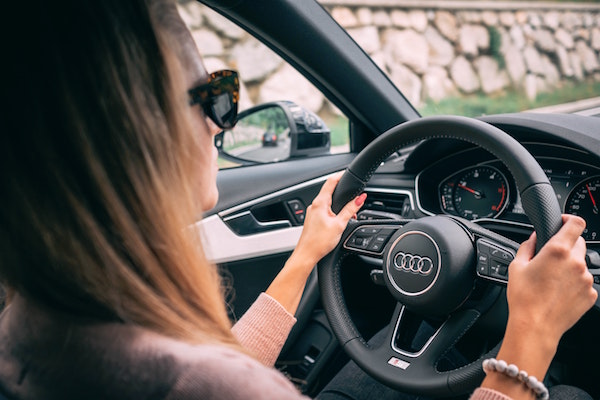Learning how to drive for the first time or even retaking your test, if you’ve been driving for a while, can be a daunting process, especially when it’s in a different country and in a different language.
Fortunately in Spain, there are many different driving schools offering lessons in English, but many of our readers want to know if you can take your driving test in English too.
Can I do my theory test in Spain in English?
Yes, you can sit your driving theory exam in Spain in either Spanish, English, Catalan, Galician, Euskera, French or German.
Many driving schools in Spain can help you prepare for your theoretical driving test in English, offering you English instructors and practice exams.
You’ll need to answer 30 multiple choice questions from a pool of 3,000 and answer 90 percent of them correctly to pass.
While the option of taking the DGT’s theory exam (examen teórico) in English is available, some English speakers in Spain have said that exam questions that have been translated into English aren’t always clear and can be confusing.
It’s true that written Spanish can be more long-winded than English, but if you’re getting your driving licence in Spain it probably means you’re settling here, so learning the right Spanish driving vocab, and Spanish in general is probably the right way to go.
Can I take my practical driving test in English?
While you are able to sit your theoretical test in English if you inform your driving school and the DGT beforehand, unfortunately, the practical part has to be done in Spanish.
Even though your practical driving lessons can be in English, the actual practical test is always with a Spanish-speaking examiner sitting behind you. Therefore, you’ll need some knowledge of Spanish, least to understand the words and phrases you’ll need during your test.
READ ALSO: Spanish driving licence: the essential language to pass your practical test
Silvia Romero from Corsa International driving school in Barcelona says: “Currently the practical exam can only be done in Spanish since the Provincial Traffic Headquarters does not have this service. Only the common theory exam is translated into English”.
Is there a point in taking driving lessons in English if my final practical exam will be in Spanish?
This depends entirely on your Spanish level and the confidence you have in your Spanish ability, as well as your driving ability.
If you are taking driving lessons for the first time and have a very limited knowledge of Spanish, you may want to take your lessons in English, however, when you get a little more confident on the road, it might be a good idea to get a few lessons in Spanish so you can get to know the vocabulary.
If you can already drive, but are taking lessons so that you can get your Spanish license, you may want to take a few more lessons in Spanish so you can concentrate more on the language than the driving.
Silvia Romero told us: “It would be advisable to already know some Spanish so that when doing the practical lessons, the student can be more aware of driving than the vocabulary, but it is not essential since the number of words that you have to know is quite small”.
Reader Neda Ahmadiani told us that she recently took her theoretical driving test in English. “The practical is in Spanish but doesn’t require fluency in Spanish. There were few words exchanged between me and the examiner,” she said.
“In our practice classes, we use both languages – English and Spanish, so that the student understands what he/she has to do, and gets used to how the examiner will speak to them on the day of the exam,” added Romero.
English-speaking driving schools in Spain
Barcelona
Corsa International driving school has three different locations in the city. They offer both face-to-face and online practical and theoretical driving lessons in English.
Driving School Barcelona is a specialised English-speaking driving school. They offer both classroom-based theoretical classes and private driving lessons.
Autoescuela Driving BCN offers European-certified driving instructors who have experience driving and teaching in different countries. Director Paula and her team have a great level of English and teach both theoretical and practical driving lessons.
Alicante Province
Autoescuela Eurovial
Located in Benidorm, Autoescuela Eurovial has many years’ experience and multilingual teachers to help you obtain your license.
Autoescuela Jonia
Situated in the centre of Villajoyosa, Autoescuela offers a special English driving course, which includes English theory books, access to English theory tests and driving lessons taught in English.
Málaga province
Urbano Autoescuelas
Urbano driving school has various locations across the Malaga province. They offer both theoretical and practical lessons in English at their schools in Fuengirola, Marbella and Mijas.



 Please whitelist us to continue reading.
Please whitelist us to continue reading.
Driving Licence Conundrum
You pass your driving test in a EU country (not UK). You move to the UK and obtain a UK licence. Brexit happens, then you move to Spain.
Why do I have to take a Spanish test when my original test was within the EU and is automatically recognised in Spain?